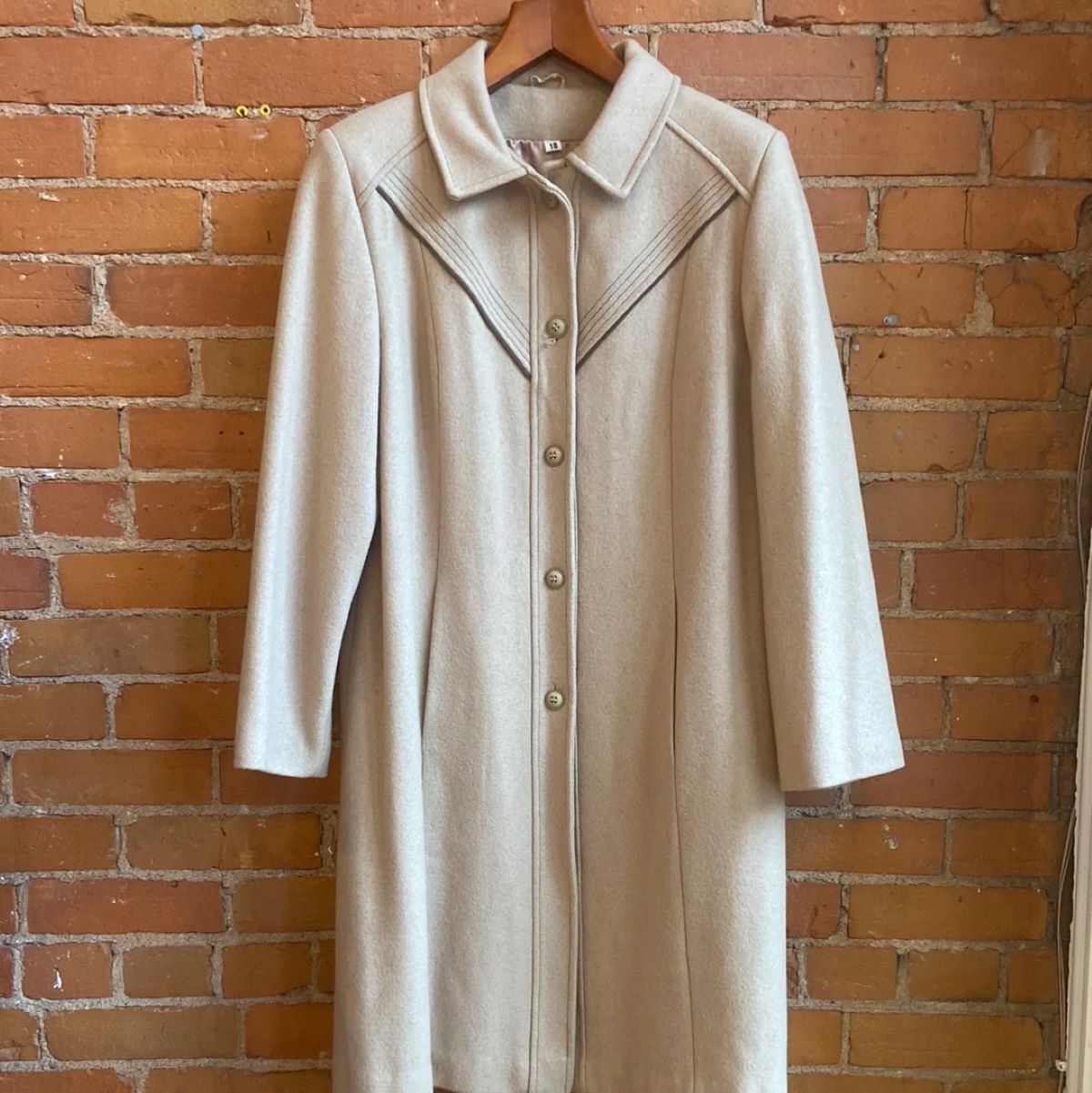

Articles
How To Store A Wool Coat
Modified: August 17, 2024
Learn the best way to store a wool coat with these helpful articles. Find out how to keep your wool coat looking pristine all year round.
(Many of the links in this article redirect to a specific reviewed product. Your purchase of these products through affiliate links helps to generate commission for Storables.com, at no extra cost. Learn more)
Introduction
When the weather starts to warm up and it’s time to put away your wool coat until the next winter season, it’s important to take the necessary steps to ensure its longevity and preserve its quality. Storing a wool coat properly will help prevent damage from pests, maintain its shape, and keep it smelling fresh when you bring it out again.
In this article, we will guide you through the step-by-step process of how to store a wool coat effectively. Whether you have a treasured vintage piece or a high-quality modern coat, these tips will help you keep it in pristine condition until next winter.
Key Takeaways:
- Properly storing a wool coat involves thorough cleaning, choosing the right storage location, and using suitable storage materials to prevent damage from pests and maintain its quality for the next winter season.
- Regular maintenance, inspections, and preventive measures against moths and pests are essential for preserving the integrity and freshness of a wool coat during its time in storage.
Step 1: Proper Cleaning
Before storing your wool coat, it’s essential to ensure that it is clean. Over time, dirt, oils, and stains can accumulate on the fabric, which can attract pests and potentially damage the coat. Follow these steps to clean your wool coat before storage:
- Check the Care Label: Look for the care label on your wool coat to determine if it’s safe to machine wash or if it requires dry cleaning. Some wool coats can be hand washed, while others may require professional cleaning. Follow the instructions provided to avoid any damage to the fabric.
- Pre-treat Stains: If there are any visible stains on your coat, gently pre-treat them using a stain remover that is suitable for wool. Test the stain remover on a small, inconspicuous area of the coat first to ensure it doesn’t cause any discoloration. Let the stain remover sit for a few minutes before gently blotting it with a clean cloth.
- Machine Wash or Dry Clean: If your coat is machine washable, place it in a mesh laundry bag to protect it from any damage. Use a mild detergent designed for wool and select the delicate or wool cycle on your washing machine. Alternatively, if your coat requires dry cleaning, take it to a trusted professional cleaner to ensure it’s thoroughly cleaned.
- Inspect for Odors: After cleaning, check for any lingering odors on your wool coat. If there are any unpleasant smells, you can hang it outside in a well-ventilated area for a few hours or use a fabric refresher spray specifically designed for wool. This will help keep your coat smelling fresh during storage.
- Allow Sufficient Drying Time: After cleaning, make sure your wool coat is completely dry before moving on to the next storage steps. Hang it up or lay it flat on a clean, absorbent surface, away from direct sunlight or heat sources, to allow it to air dry thoroughly.
By properly cleaning your wool coat before storage, you’ll remove any dirt, stains, and odors, ensuring that it’s fresh and ready to wear when you take it out again next winter.
Step 2: Choosing the Right Storage Location
Once your wool coat is clean and dry, the next step is to choose the right storage location. The ideal storage area for your wool coat should meet the following criteria:
- Cool and Dry Environment: Wool is a natural fiber that can be damaged by excessive moisture. Therefore, it’s important to store your coat in a cool and dry environment to prevent the growth of mold or mildew. Avoid storing your coat in basements, attics, or other areas prone to high humidity.
- Dark and Well-Ventilated Space: Exposure to direct sunlight can cause the color of your wool coat to fade over time, so it’s best to store it in a dark area. Additionally, choose a well-ventilated space to prevent the buildup of musty odors.
- Away from Heat Sources: Wool is also sensitive to heat, which can cause the fibers to warp or shrink. Keep your coat away from radiators, heaters, or any other sources of excessive heat to maintain its shape and integrity.
- Free from Dust and Debris: To prevent dust and debris from settling on your coat, avoid storing it in areas where there is a lot of foot traffic or near dusty surfaces. It’s a good idea to clean the storage area beforehand and cover your coat with a breathable garment bag or a cotton sheet.
Based on these criteria, some suitable storage locations for your wool coat can include a closet with sufficient space, a dedicated coat storage area, or a spare wardrobe. Choose a location that meets these requirements to ensure the longevity of your wool coat.
Step 3: Folding or Hanging the Wool Coat
When it comes to storing a wool coat, you have two options: folding or hanging. The method you choose depends on factors such as available space and the type of coat you have.
If you decide to fold your wool coat, follow these guidelines:
- Use Acid-Free Tissue Paper: Place acid-free tissue paper between the folds of your coat to help prevent creases and wrinkles. This will also provide a protective barrier between the layers of fabric.
- Fold Carefully: Fold your coat along the natural seams, such as the shoulders and sides, to minimize creasing. Avoid placing sharp folds in the sleeves or body of the coat, as this can lead to permanent creases.
- Choose a Storage Container: Select a storage container that is clean, sturdy, and breathable. Avoid using plastic bags or containers, as they can trap moisture and lead to mold or mildew growth.
- Store in a Flat Position: Lay your folded coat flat in the storage container, making sure it’s not compressed or overcrowded. Place a layer of acid-free tissue paper on top to add an extra protective layer.
If you prefer to hang your wool coat, follow these recommendations:
- Invest in Quality Hangers: Opt for wide, padded or contoured hangers to provide proper support for your coat. Avoid wire hangers, as they can cause stretching or distortion of the shoulder area.
- Hang with Care: Place your coat on the hanger, making sure it’s centered and not crowded by other garments. Avoid overstuffing your closet, as it can cause your coat to lose its shape.
- Cover with a Garment Bag: To protect your coat from dust and moths, cover it with a breathable garment bag. Make sure the bag is long enough to cover the entire length of the coat.
Consider the available space and condition of your wool coat when deciding whether to fold or hang it. Both methods can be effective as long as you follow the proper techniques and use appropriate storage materials.
Store your wool coat in a breathable garment bag to protect it from dust and moths. Avoid plastic bags, as they can trap moisture and cause mildew. Hang it on a sturdy, padded hanger to maintain its shape.
Step 4: Using Proper Storage Materials
Proper storage materials are essential for preserving the condition of your wool coat during its time in storage. Follow these recommendations to ensure you’re using the right materials:
- Garment Bags: Choose breathable garment bags made of cotton or canvas to protect your coat from dust and other contaminants. Avoid using plastic bags, as they can trap moisture and promote the growth of mold or mildew.
- Acid-Free Tissue Paper: Place acid-free tissue paper between the folds of your coat to help prevent creases. Acid-free tissue paper is gentle and won’t cause any discoloration or damage to the fabric.
- Cedar Balls or Lavender Sachets: To deter moths and other pests, consider placing cedar balls or lavender sachets in the storage container or hanging area. These natural repellents can help prevent damage caused by insects.
- Absorbent Materials: Place a moisture-absorbing material, such as silica gel packets or a small pouch of activated charcoal, in the storage container. These materials can help absorb excess moisture and prevent mold or mildew from forming.
By using the proper storage materials, you’ll create a protective and safe environment for your wool coat. These materials will help maintain the condition, freshness, and integrity of your coat while it’s in storage.
Read more: How To Store Wool
Step 5: Preventing Moths and Other Pests
Moths and other pests can cause significant damage to your wool coat if left unchecked during storage. Follow these steps to prevent these pests from inflicting harm:
- Clean Thoroughly: Before storing your coat, make sure it’s clean and free from any food or drink stains. Moths are particularly attracted to organic substances, so removing any potential food sources will help deter them.
- Protect with Natural Repellents: Consider using natural repellents such as cedar balls or lavender sachets. Moths dislike the strong scent of cedar and lavender, making them effective deterrents. Place these natural repellents in the storage container or closet where your coat is kept.
- Avoid Mothballs: While mothballs are effective at repelling moths, they emit toxic fumes that can be harmful to your health. It’s best to avoid using mothballs, especially if you have pets or children in the house.
- Inspect Regularly: Periodically check on your coat to ensure there are no signs of moths or other pests. Look for any small holes, larvae, or insect casings. If you notice any signs of infestation, take immediate action to eliminate the pests.
- Rotate Your Coat: If you have multiple wool coats, consider rotating them throughout the winter. Moths are less likely to infest garments that are regularly used and moved around. By rotating your coats, you ensure they are continually aired out and less attractive to pests.
Following these preventive measures will help safeguard your wool coat against moths and other pests, ensuring it remains in pristine condition throughout its time in storage.
Step 6: Regular Maintenance and Inspection
While your wool coat is in storage, it’s crucial to perform regular maintenance and inspections to ensure its condition remains intact. Follow these steps for proper maintenance:
- Air Out the Coat: Once every few weeks, take your coat out of storage and hang it in a well-ventilated area for a few hours. This allows the fabric to breathe and prevents any musty odors from developing.
- Gently Brush the Coat: Use a soft-bristled brush to remove any dust or debris that may have settled on your coat during storage. Brush in gentle, downward strokes to avoid damaging the fabric.
- Inspect for Damage: Examine your coat for any signs of damage, such as small holes, loose threads, or moth infestation. Address any problems promptly to prevent further damage.
- Address Odors: If your coat develops any unpleasant odors, you can refresh it by hanging it outside in the fresh air for a few hours. Avoid using strong fragrances or sprays, as they can leave residues on the fabric.
- Rotate Storage Materials: Over time, your storage materials such as cedar balls or lavender sachets may lose their potency. Replace them regularly to ensure continued protection against moths and other pests.
- Consider Professional Cleaning: If your wool coat has been in storage for an extended period or if you notice any stubborn stains, it may benefit from professional cleaning. Consult a trusted dry cleaner experienced in handling wool garments.
By conducting regular maintenance and inspections, you can address any issues promptly and ensure that your wool coat remains in excellent condition throughout its storage period.
Conclusion
Properly storing your wool coat is essential to maintain its quality and prolong its lifespan. By following the steps outlined in this article, you can ensure that your coat remains in excellent condition until the next winter season.
Start by cleaning your coat thoroughly, following the instructions on the care label. Choose a suitable storage location that is cool, dry, and well-ventilated, away from heat sources and direct sunlight. Decide whether to fold or hang your coat based on available space and the type of coat you have, using appropriate storage materials such as garment bags, acid-free tissue paper, and natural repellents to protect against pests.
Preventing moths and other pests is crucial to preserving the integrity of your coat. Regular inspections and maintenance, including airing out the coat and gentle brushing, are necessary to ensure its freshness and to address any potential damage or odors that may have occurred during storage. Finally, consider professional cleaning if needed to maintain the coat’s pristine condition.
By following these steps and with proper care, your wool coat will be ready to keep you warm and stylish for many winters to come. With a little effort and attention, you can ensure that your coat remains an investment piece that will bring you comfort and style season after season.
Frequently Asked Questions about How To Store A Wool Coat
Was this page helpful?
At Storables.com, we guarantee accurate and reliable information. Our content, validated by Expert Board Contributors, is crafted following stringent Editorial Policies. We're committed to providing you with well-researched, expert-backed insights for all your informational needs.

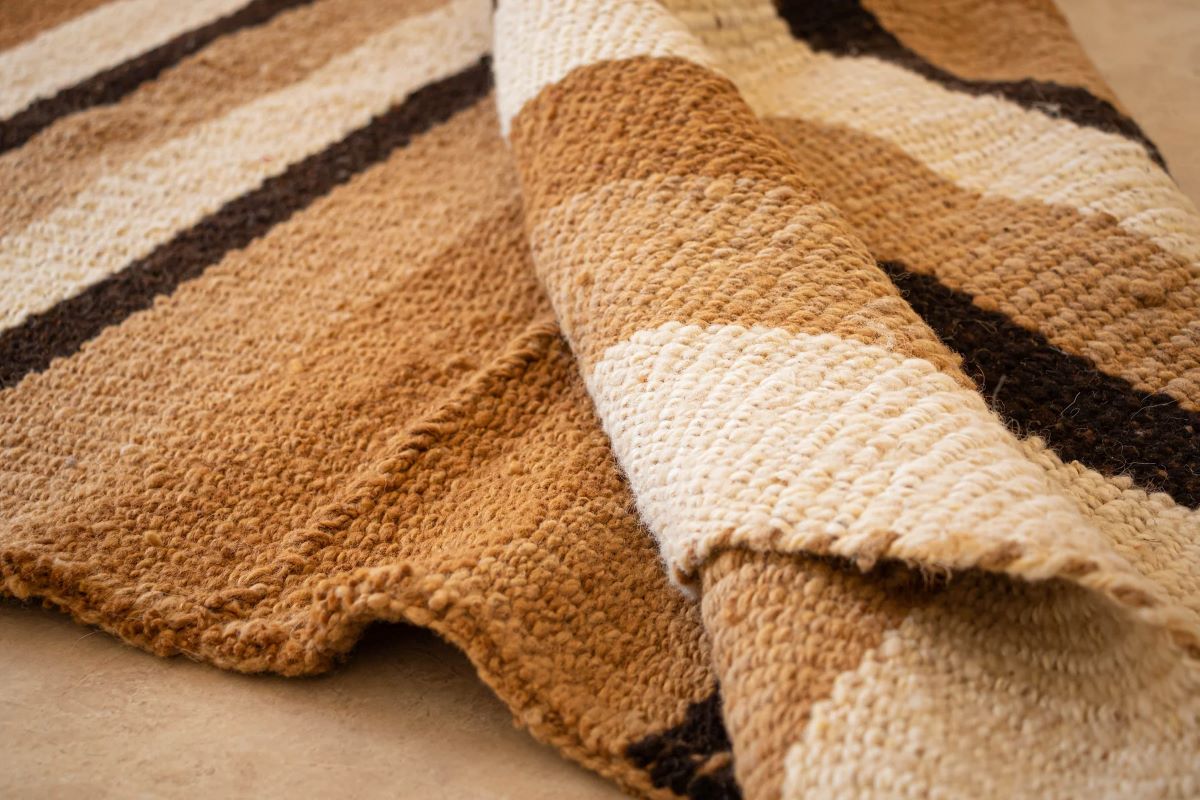




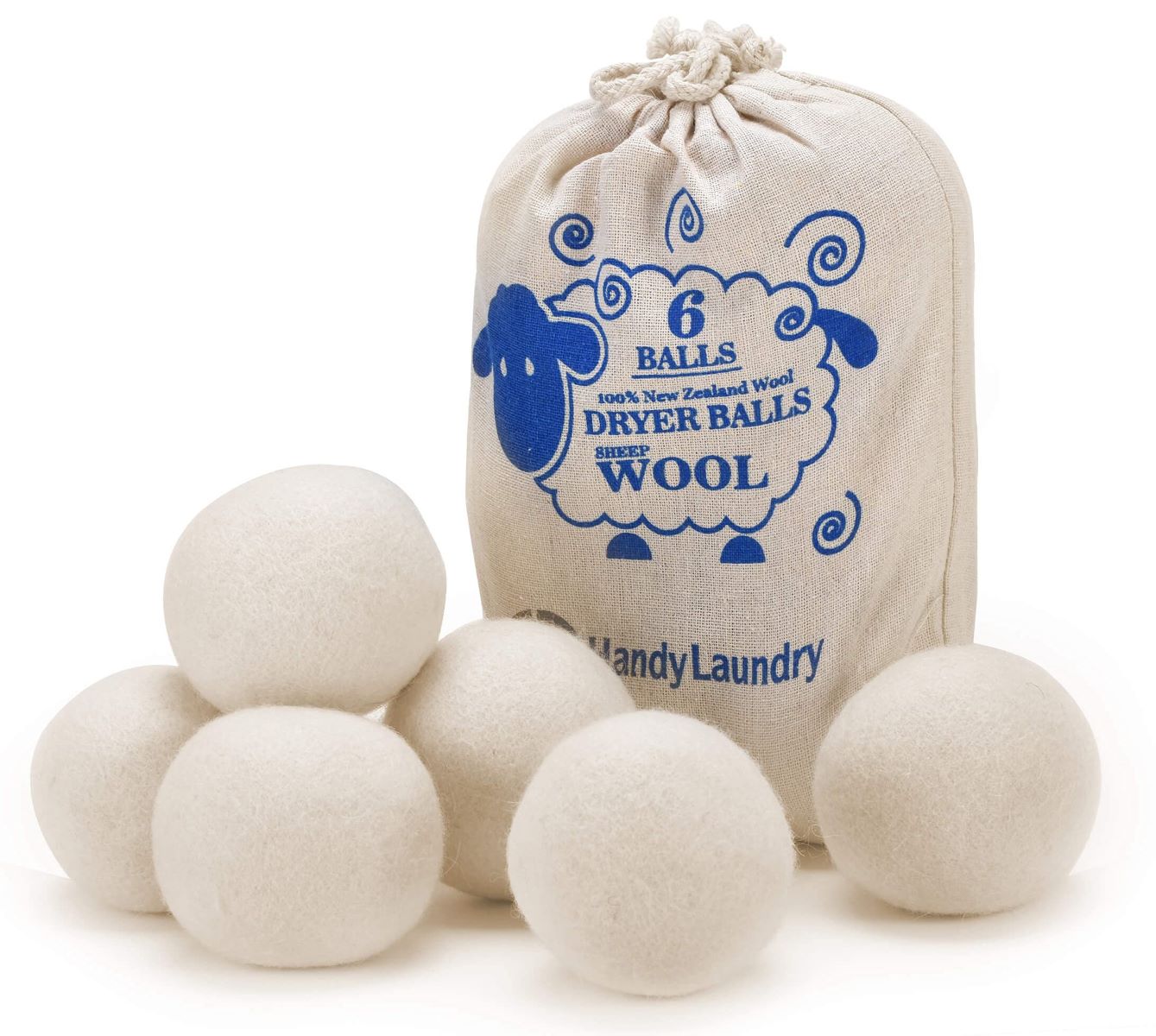
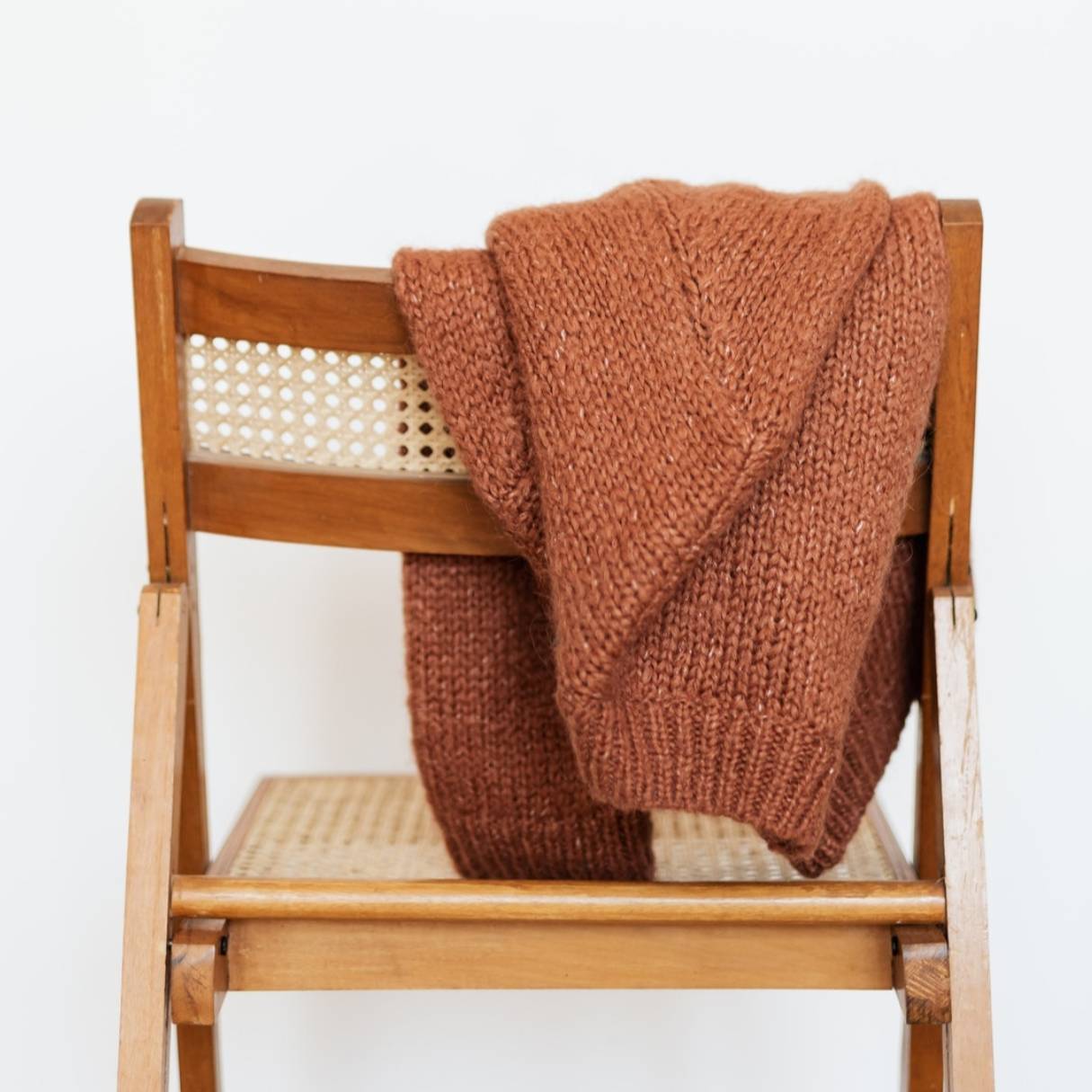
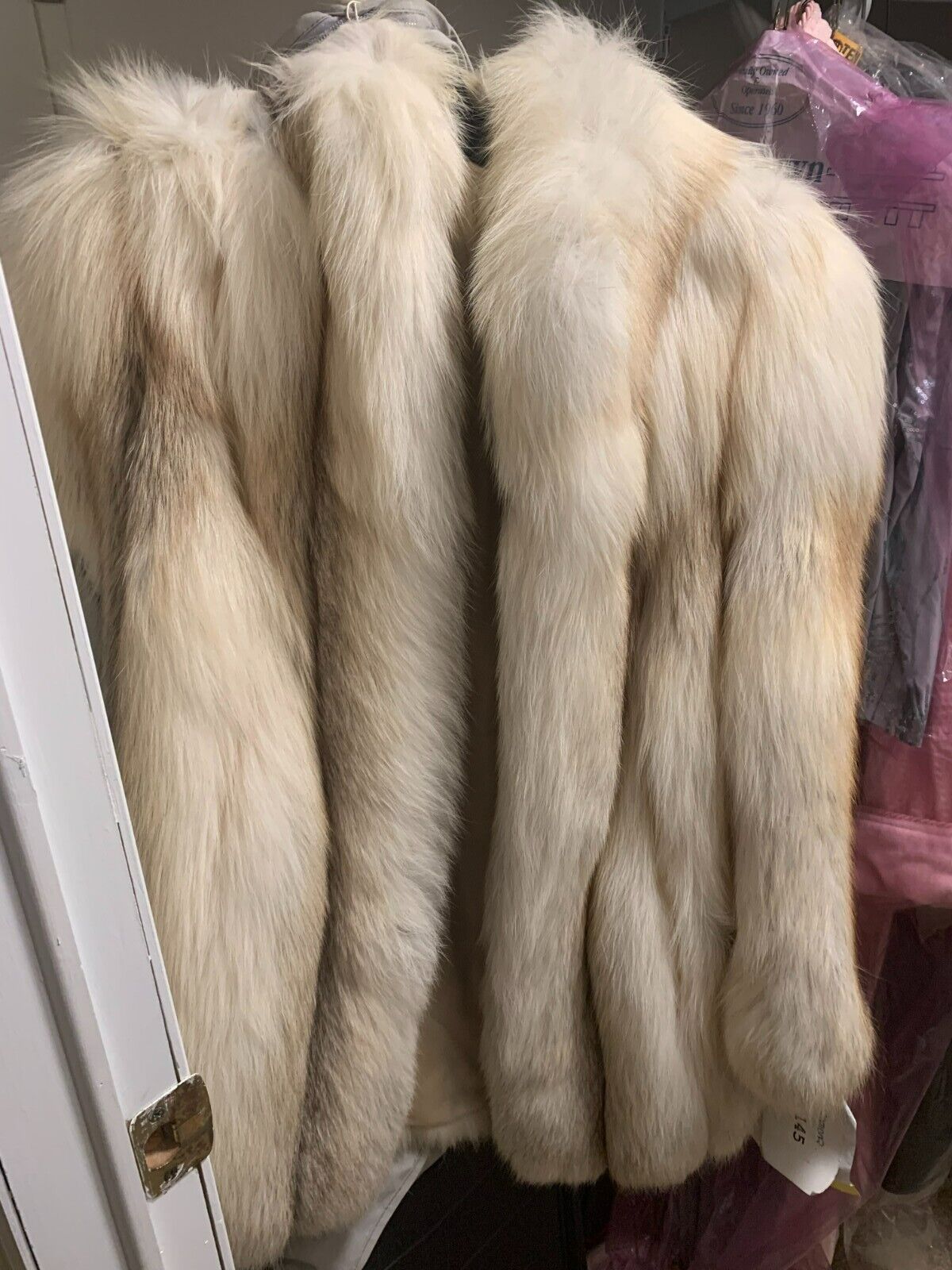


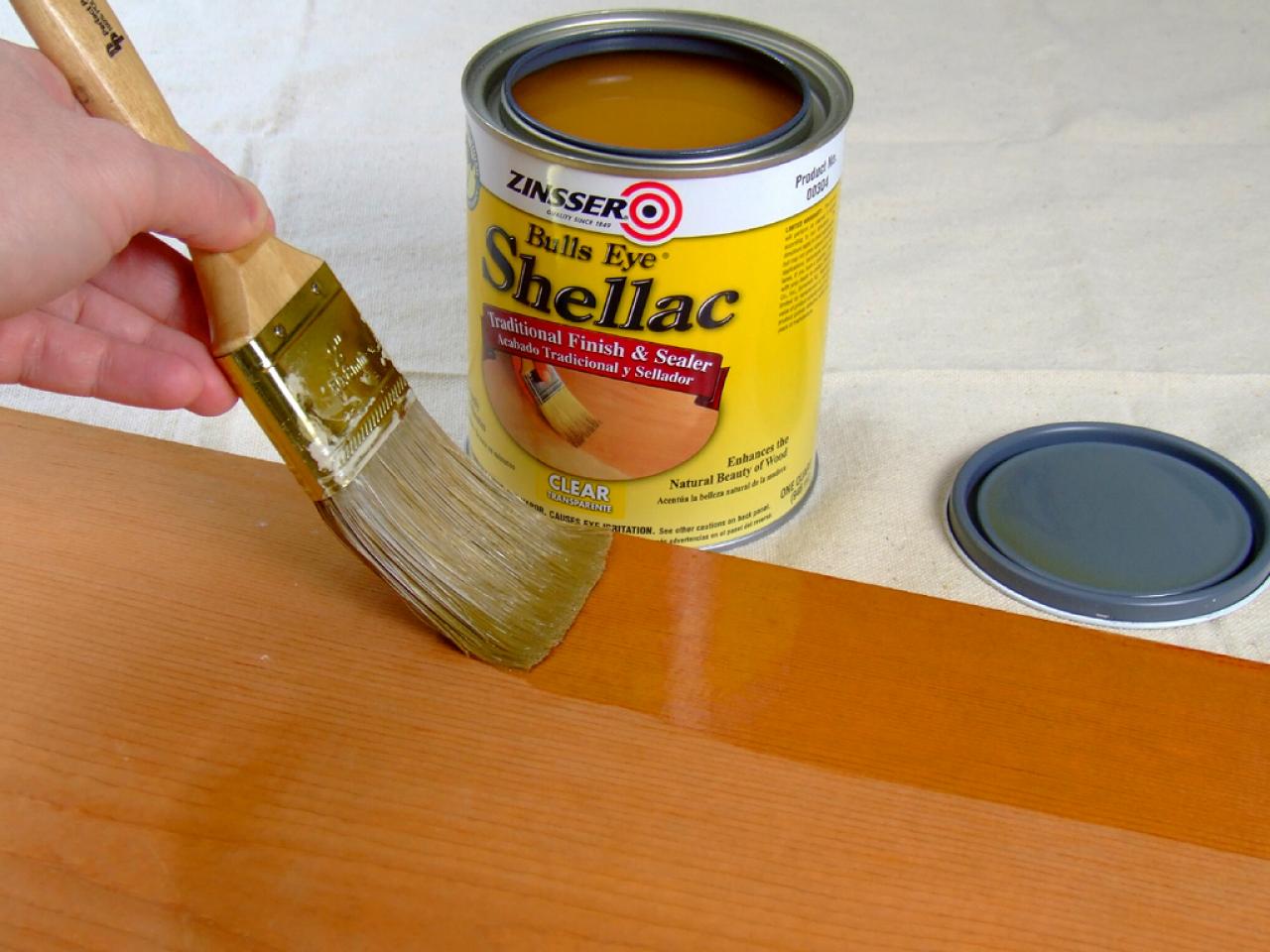
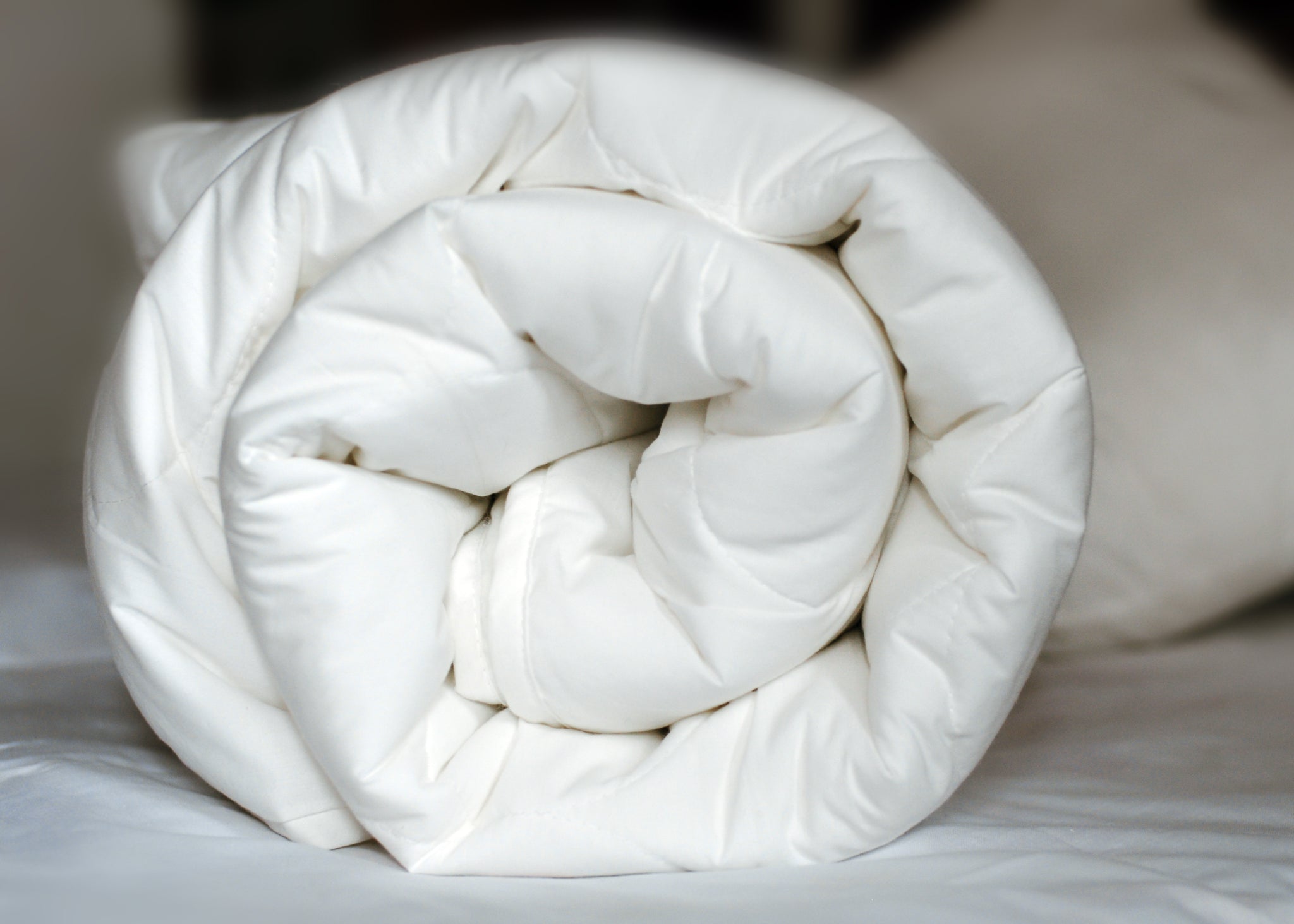
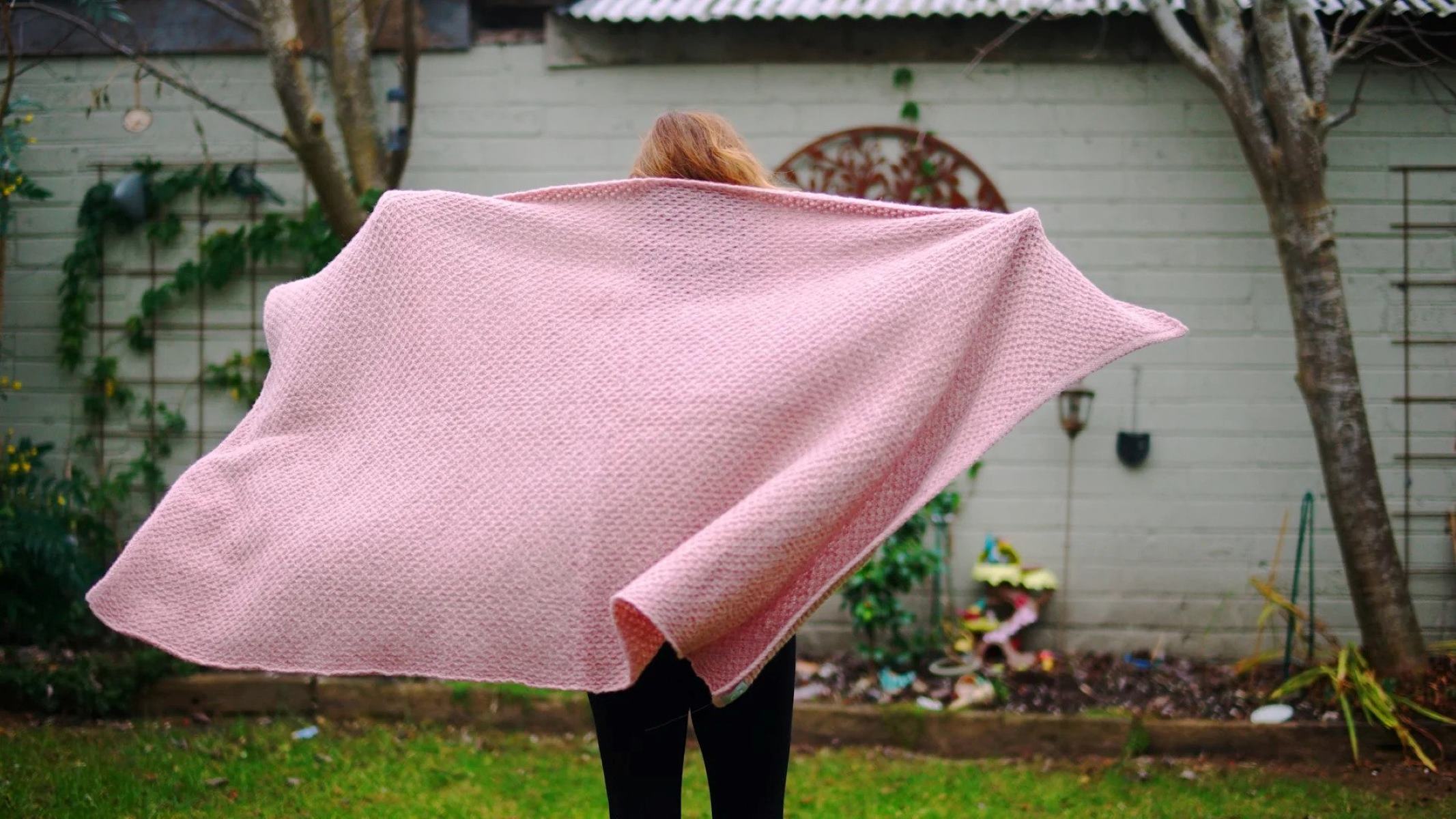

0 thoughts on “How To Store A Wool Coat”